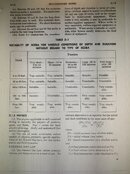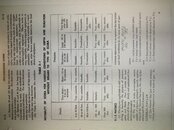If memory serves the NDL on the old tables showed 5min to well over/under 200ft for a single dive.the proper answer would be from the NAVY dive tables which were adopted for recreational diving.
but alas, the no-deco time (NAVY Tables) at 130' was considered the minimum allowable to actually get any work done...
As a note I have looked for the tables I used when I started and can’t find them so I just went on a net search and found a set of 1958 USN tables so I bought it.





